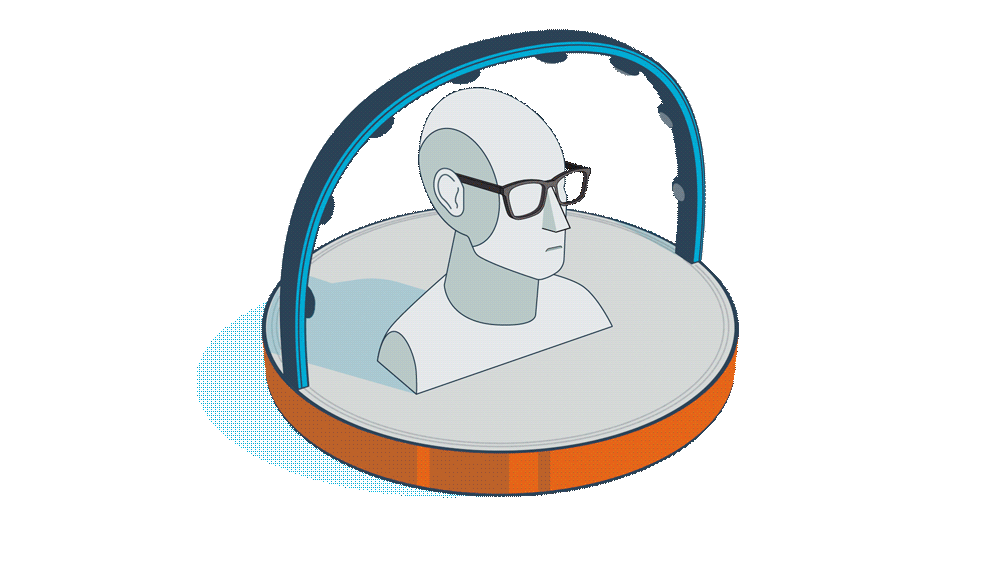Customer-obsessed science


Research areas
-
December 10, 20255 min readNew audio-processing technology is making entertainment more accessible for millions of viewers.
-
December 8, 20258 min read
-
December 5, 20256 min read
-
-
Featured news
-
ACL 2025, ICLR 2025 Workshop on Sparsity in LLMs2025Large Language Models (LLMs) pruning seeks to remove unimportant weights for inference speedup with minimal accuracy impact. However, existing methods often suffer from accuracy degradation without full-model sparsity-aware fine-tuning. This paper presents Wanda++, a novel pruning framework that outperforms the state-of-the-art methods by utilizing decoder-block-level regional gradients. Specifically, Wanda
-
UAI 20252025Continual learning (CL) has gained increasing interest in recent years due to the need for models that can continuously learn new tasks while retaining knowledge from previous ones. However, existing CL methods often require either computationally expensive layer-wise gradient projections or large-scale storage of past task data, making them impractical for resource-constrained scenarios. To address these
-
ISWC 20252025In large-scale maintenance organizations, identifying subject matter experts and managing communications across complex entities relationships poses significant challenges – including information overload and longer response times – that traditional communication approaches fail to address effectively. We propose a novel framework that combines RDF graph databases with LLMs to process natural language queries
-
KDD 2025 Workshop on Evaluation and Trustworthiness of Agentic and Generative AI Models2025Large Language Models (LLMs) are increasingly deployed in interactive systems where understanding user intent precisely is paramount. A key capability for such systems is effective question clarification, especially when user queries are ambiguous or underspecified. This paper introduces a novel tri-agent framework for the robust evaluation of an LLM’s ability to engage in clarifying dialogue. Our framework
-
AutoML 20252025Ensembling is a powerful technique for improving the accuracy of machine learning models, with methods like stacking achieving strong results in tabular tasks. In time series forecasting, however, ensemble methods remain underutilized, with simple linear combinations still considered state-of-the-art. In this paper, we systematically explore ensembling strategies for time series forecasting. We evaluate
Collaborations
View allWhether you're a faculty member or student, there are number of ways you can engage with Amazon.
View all











































